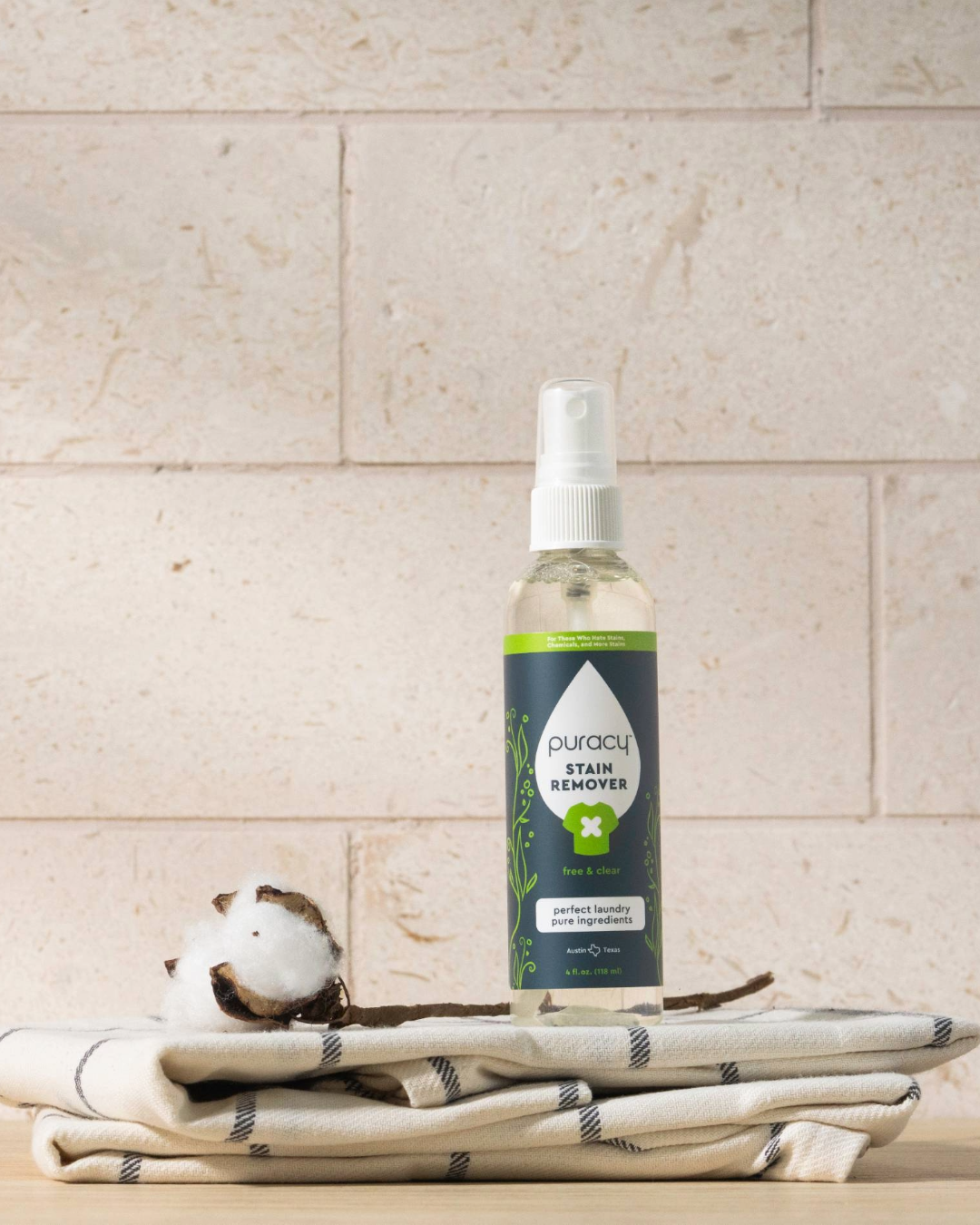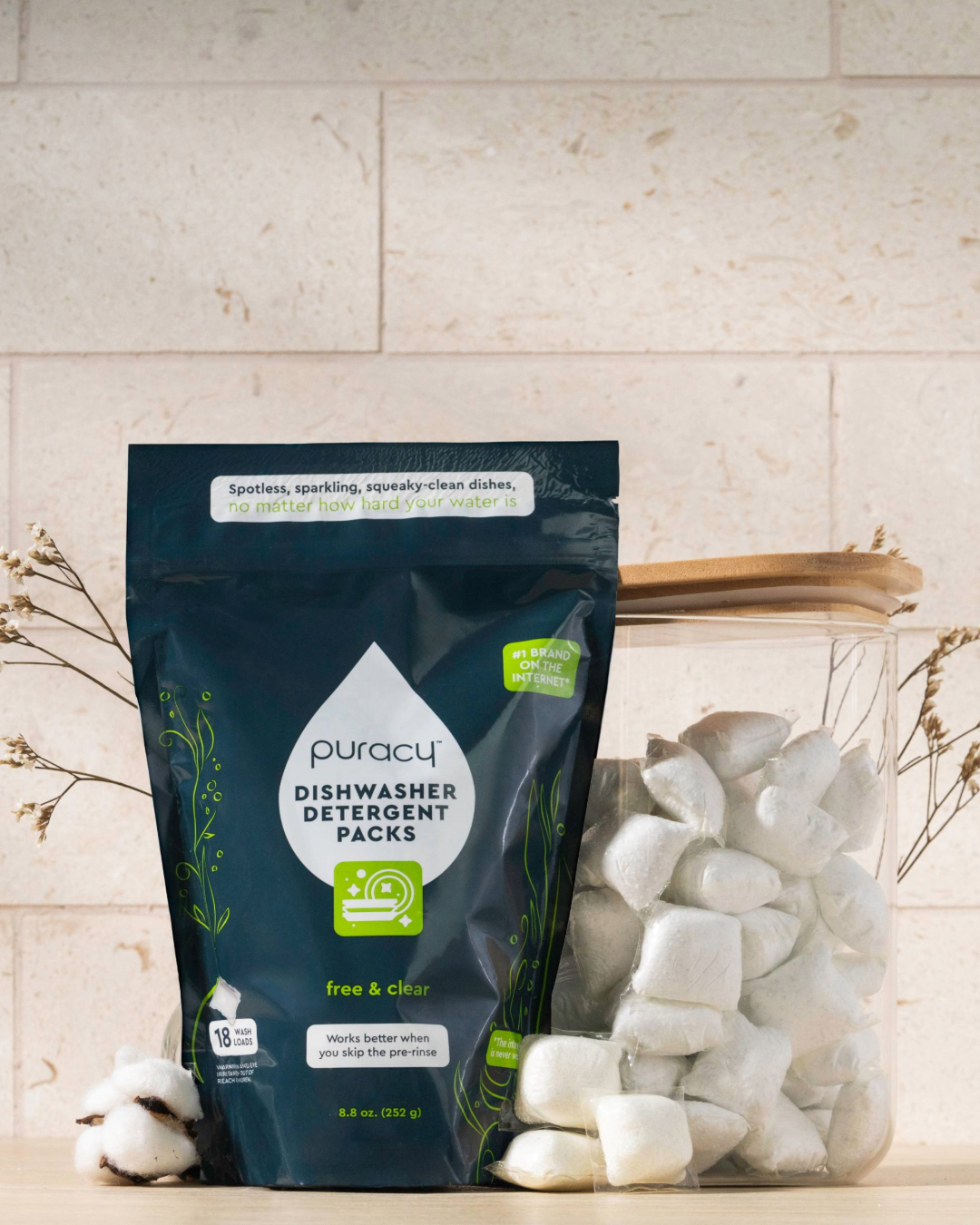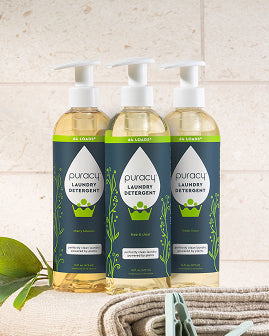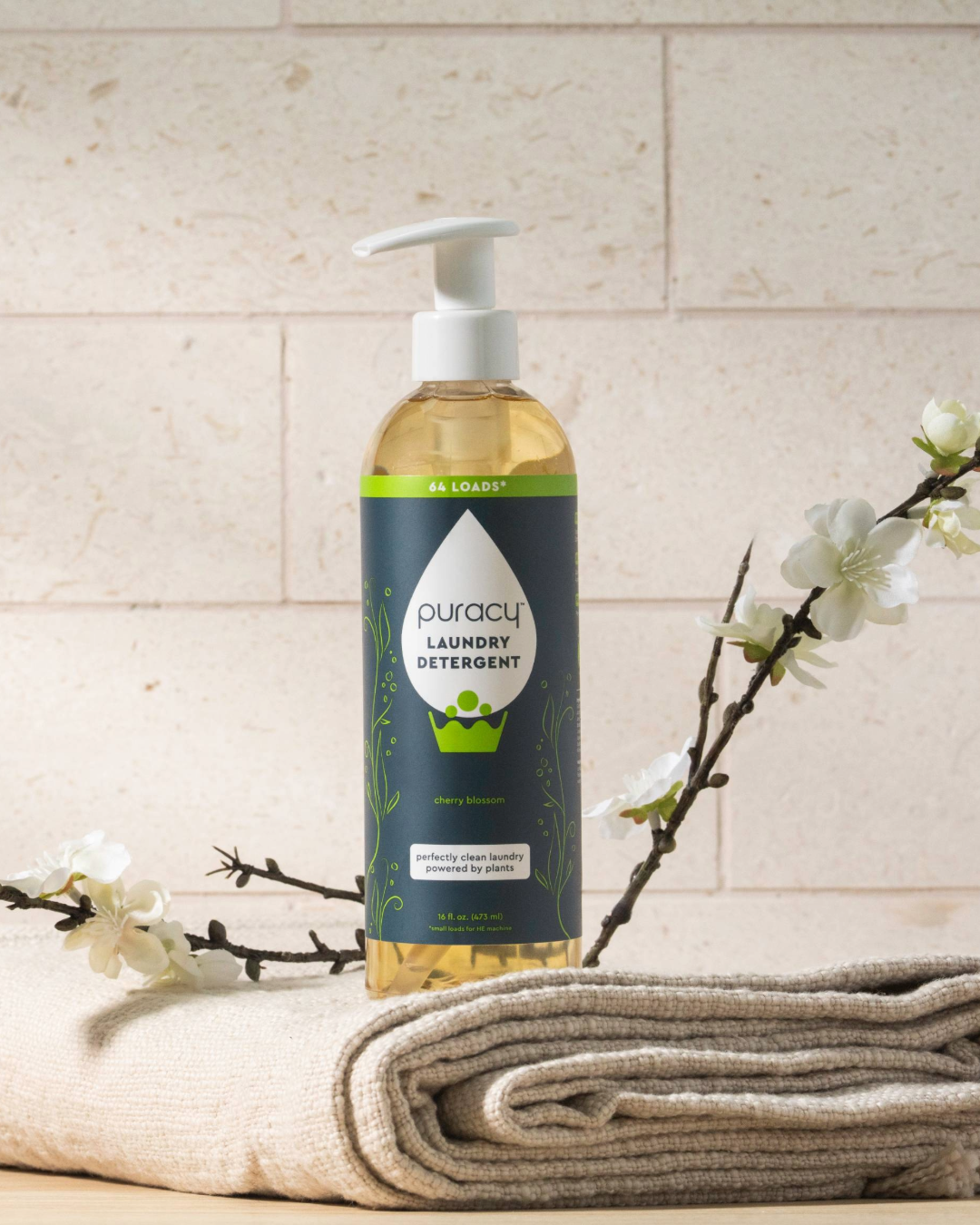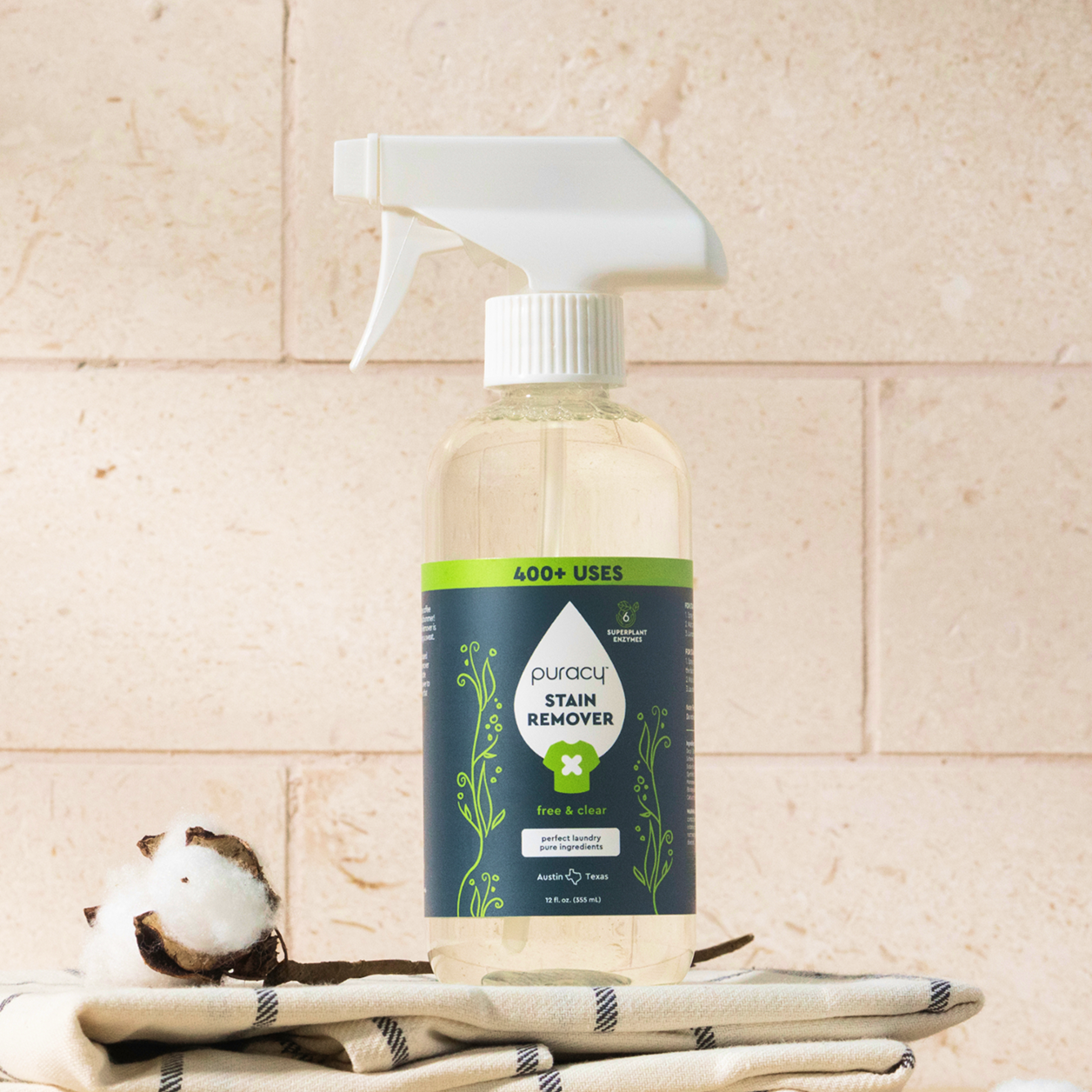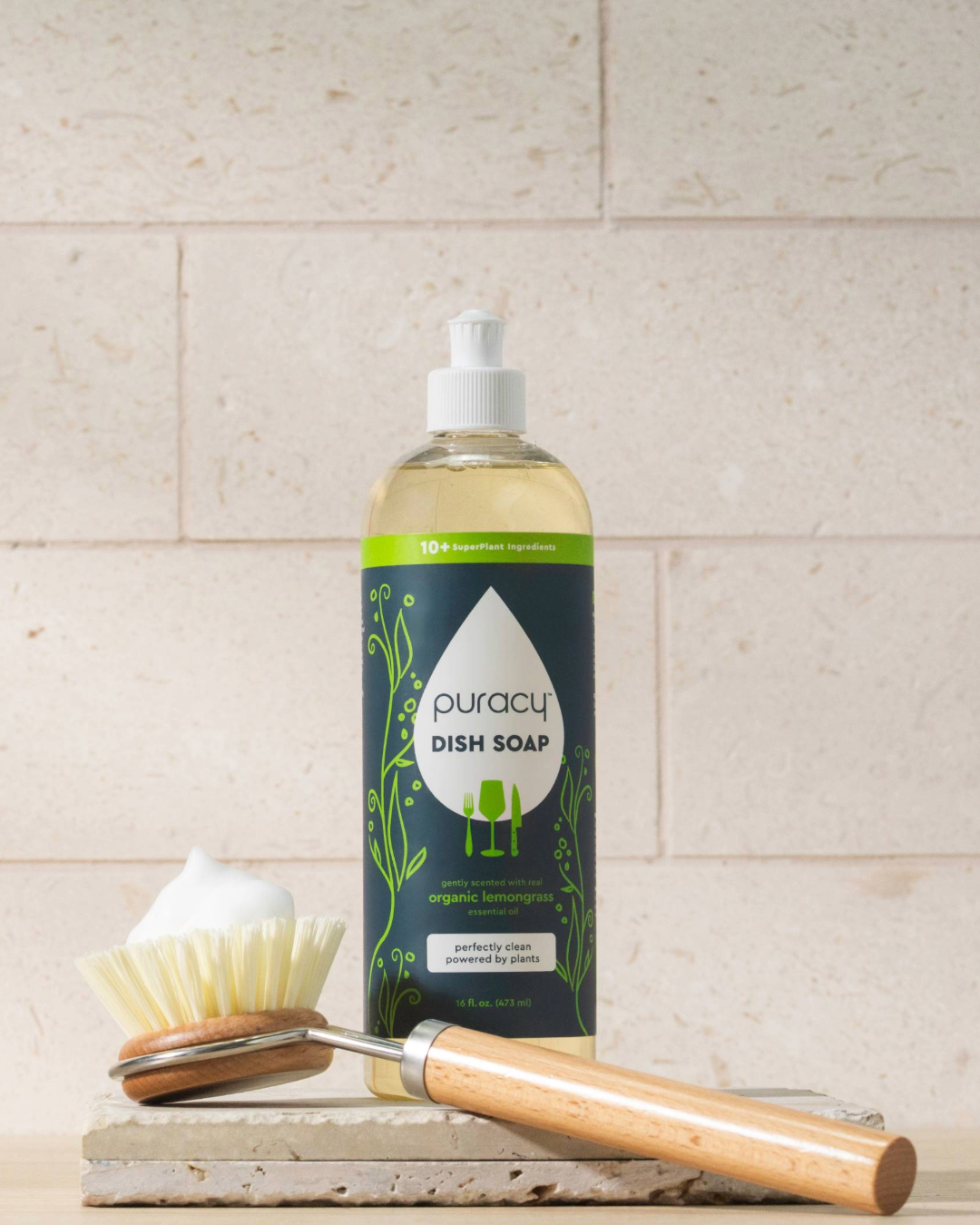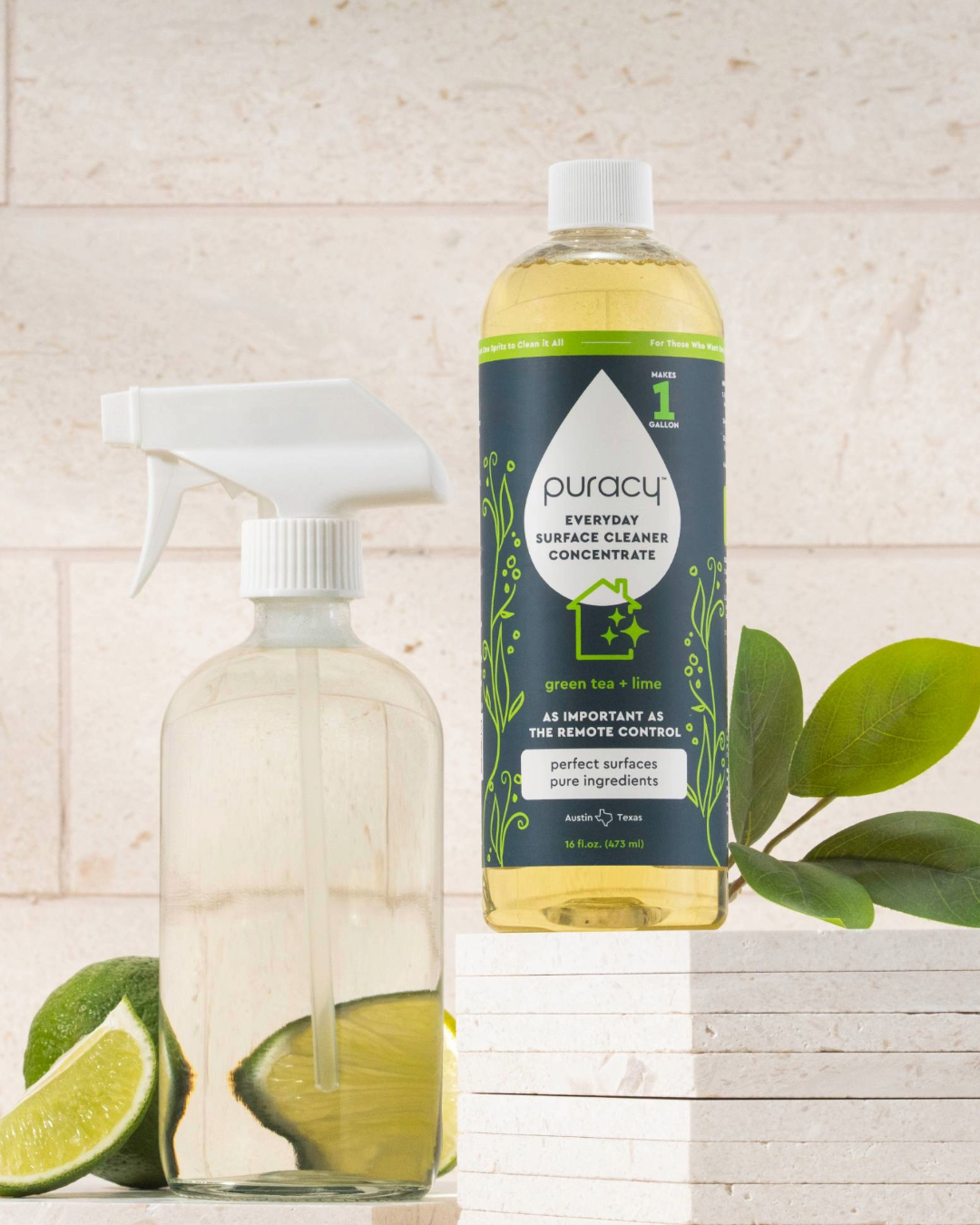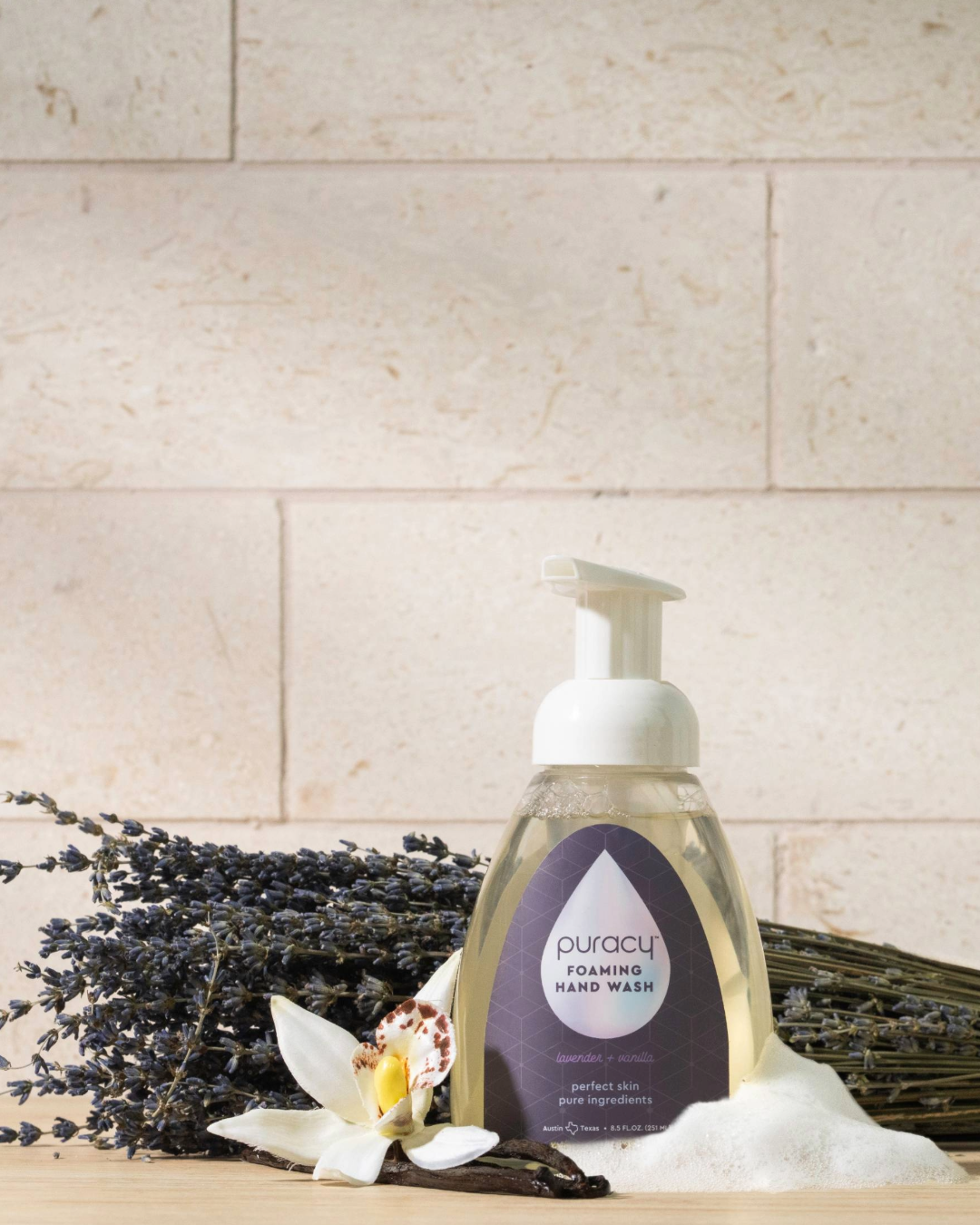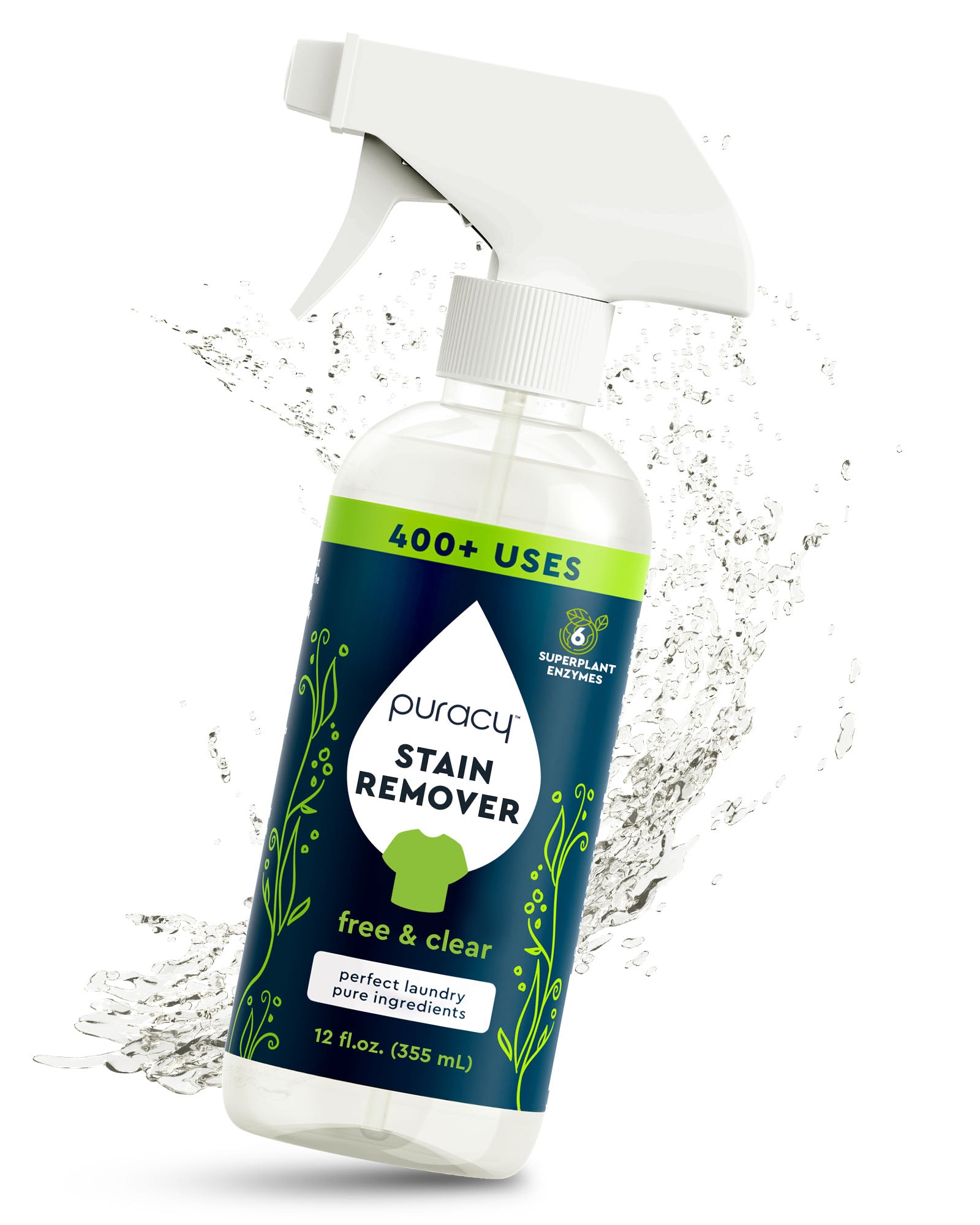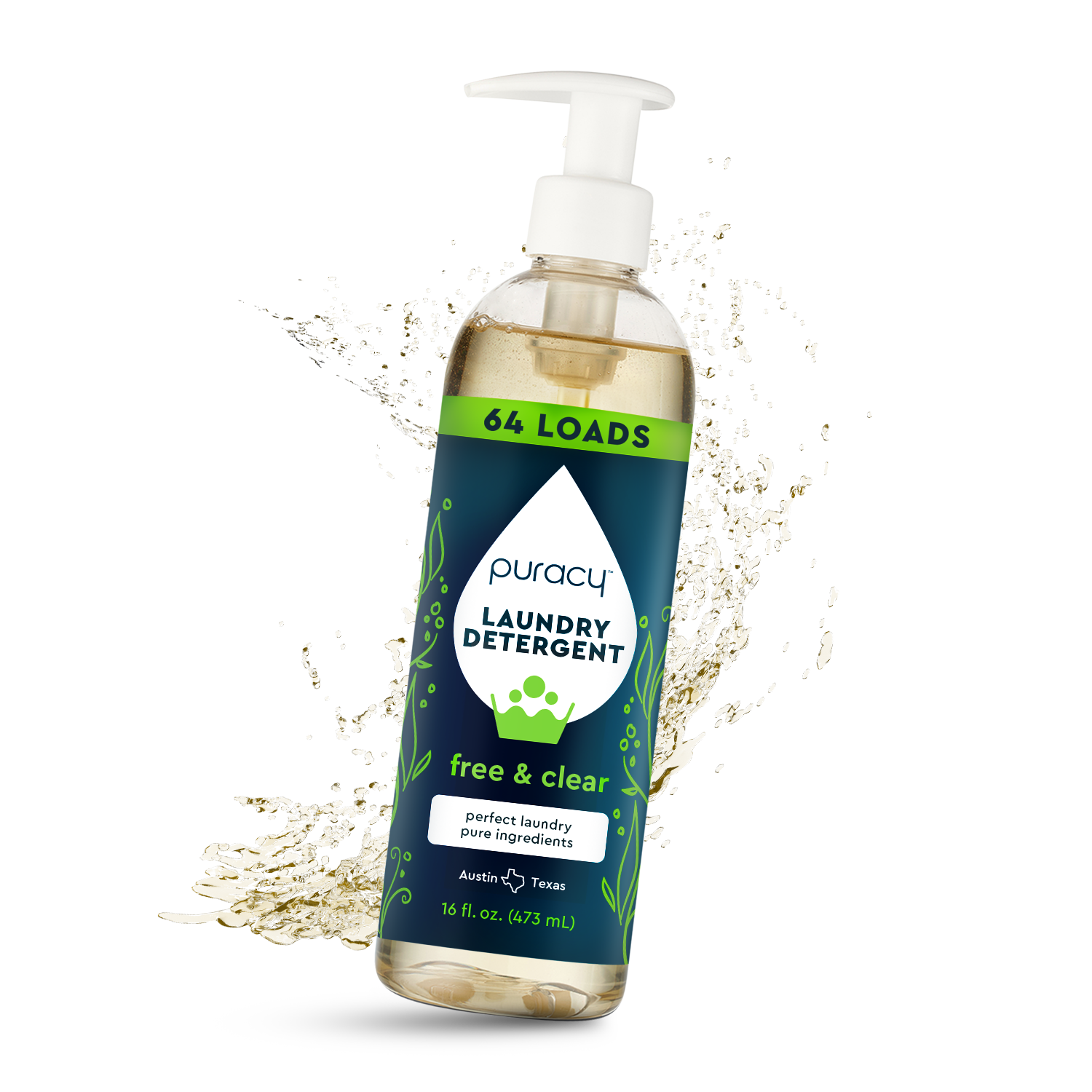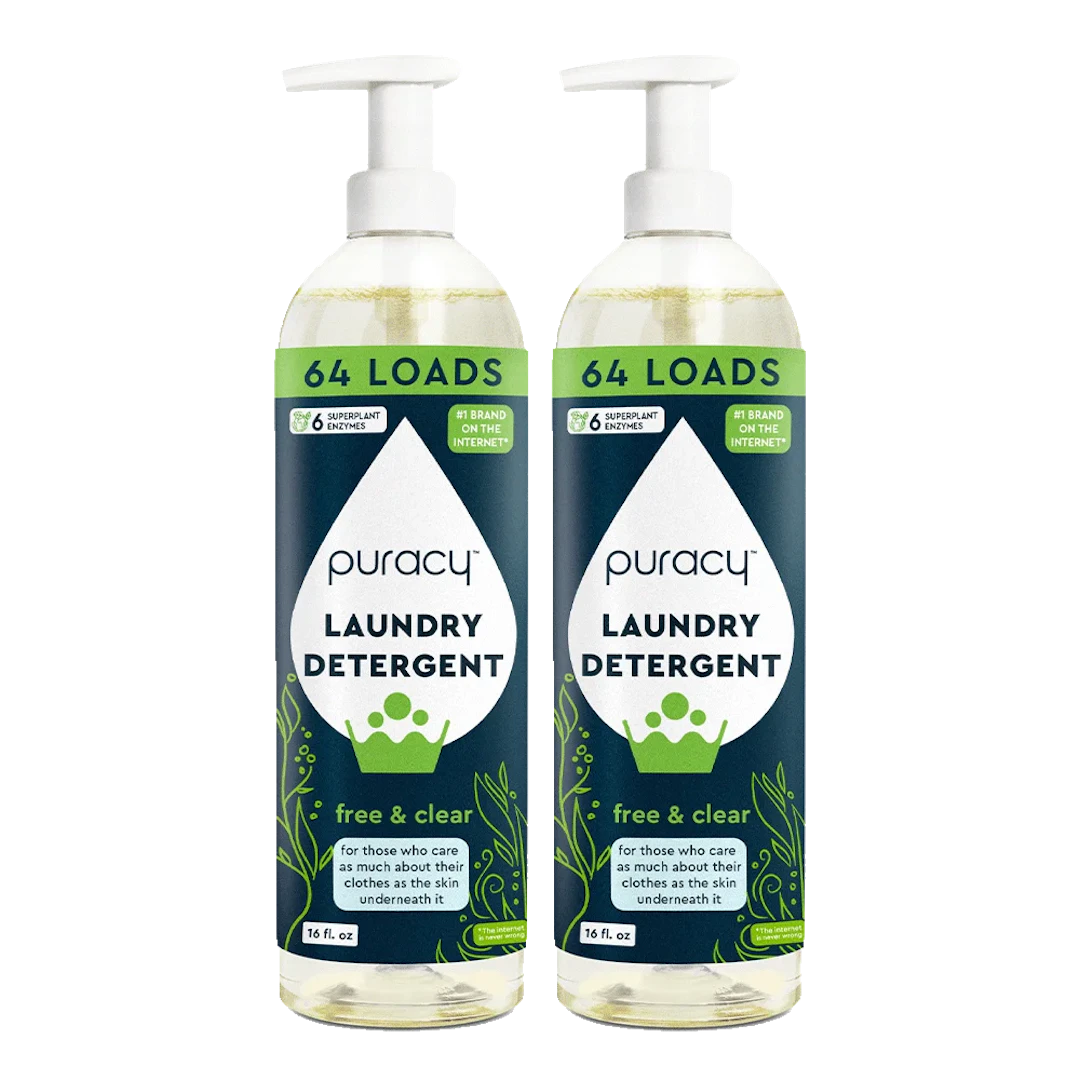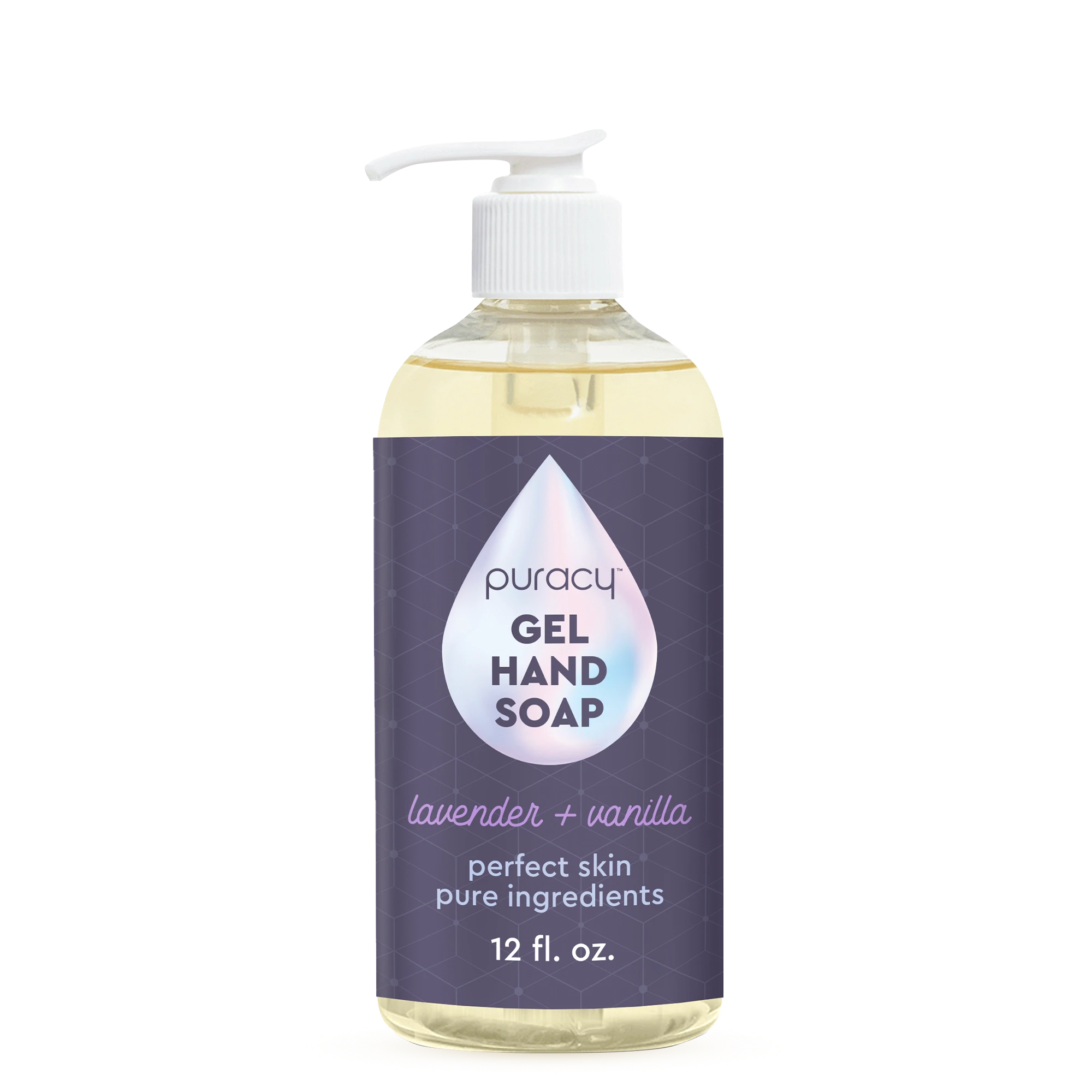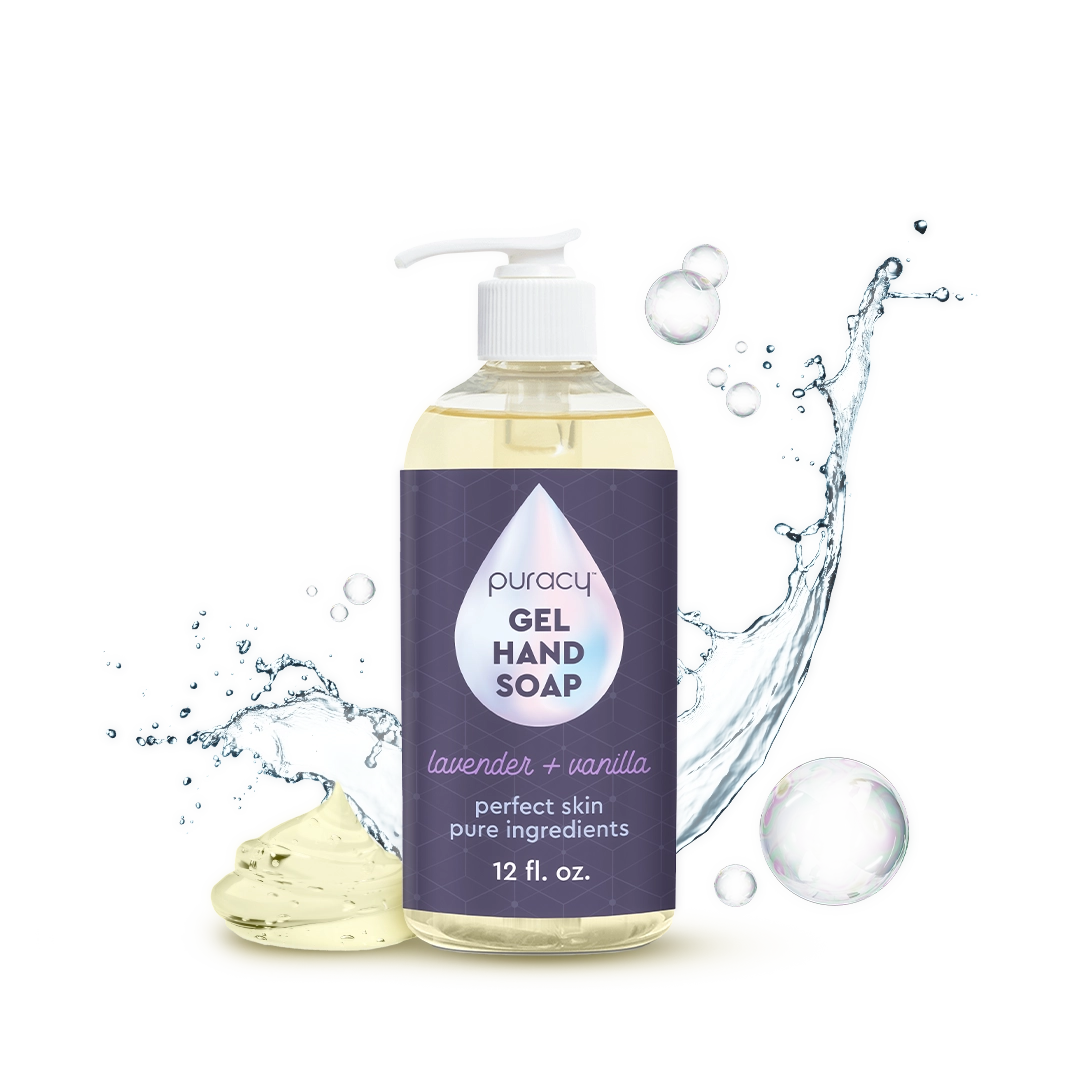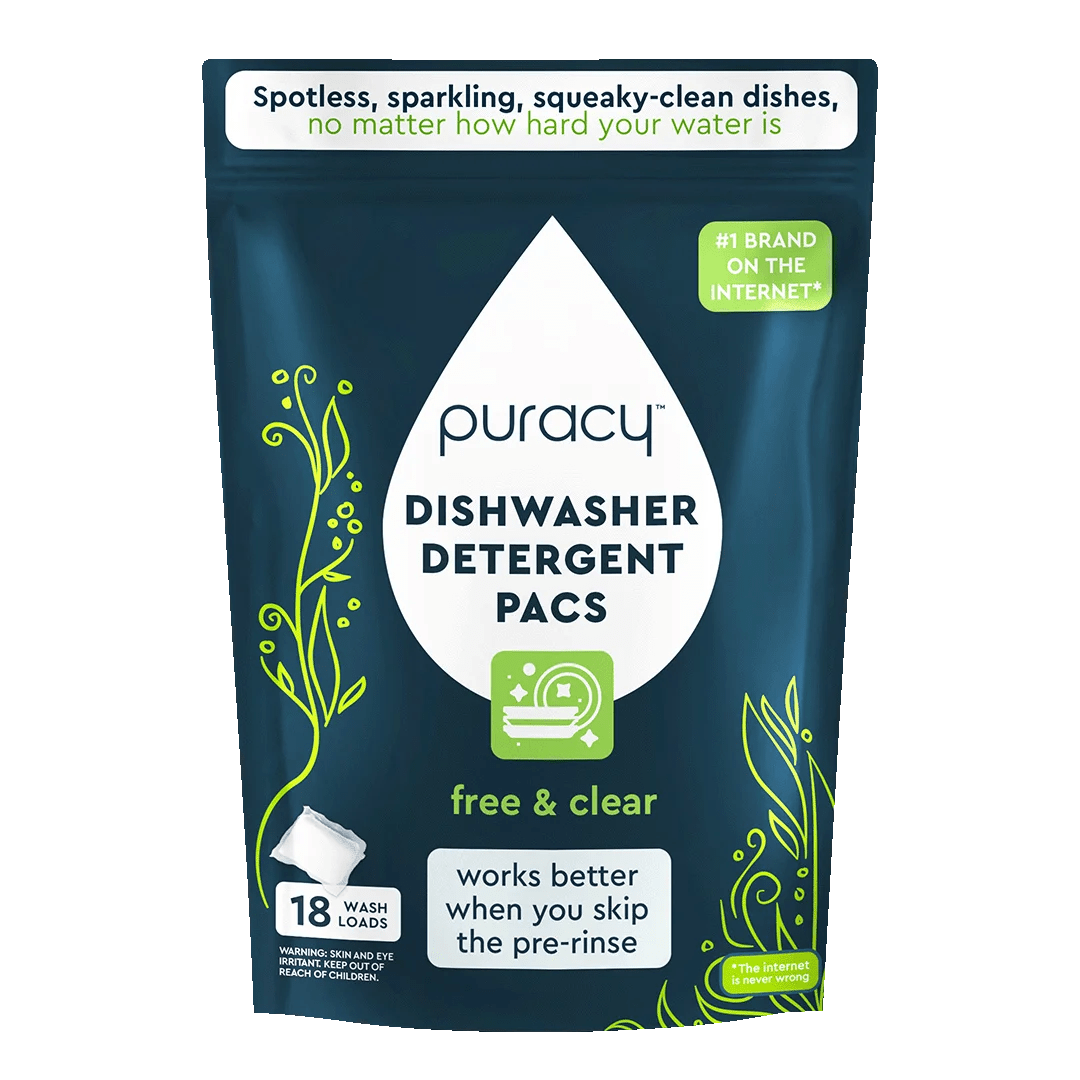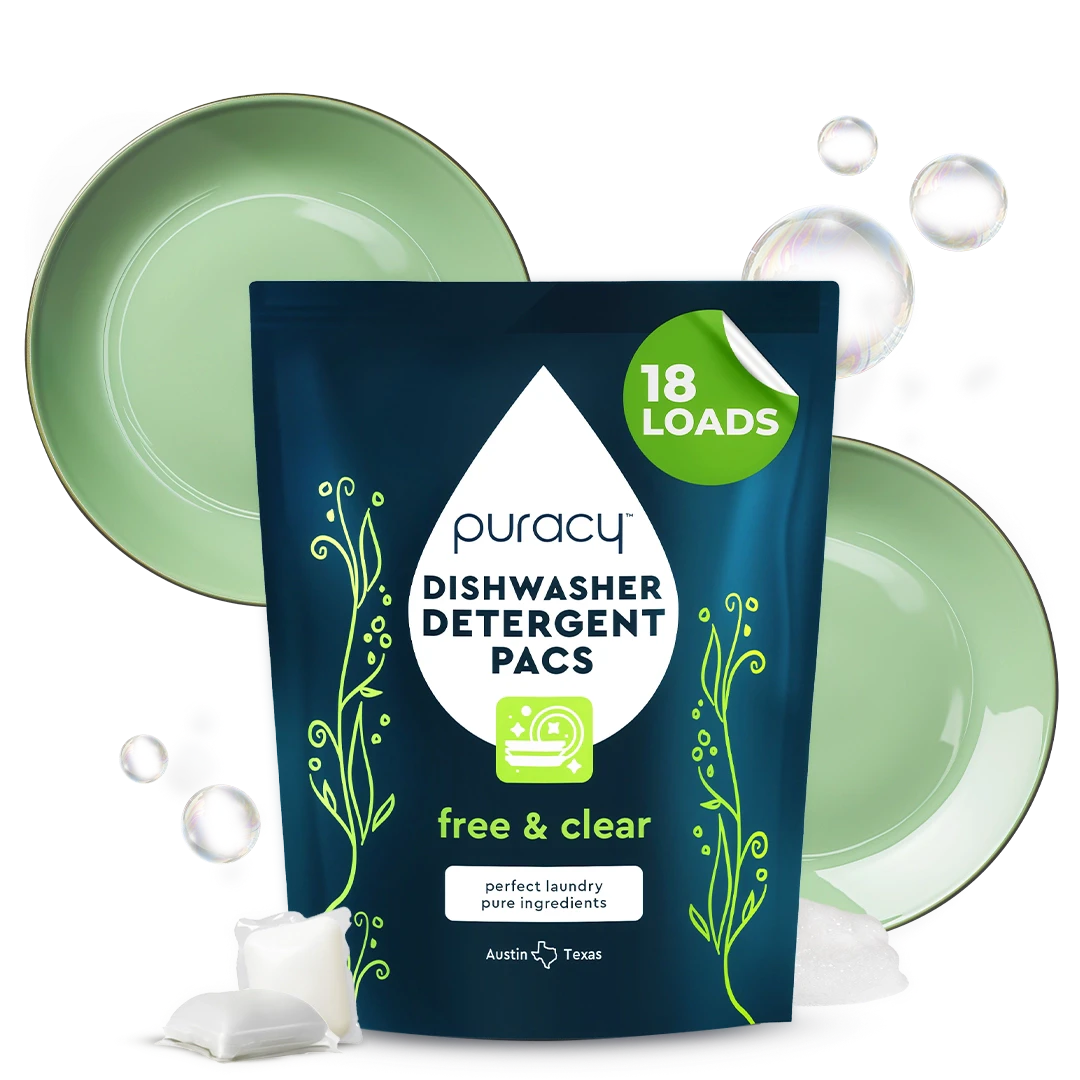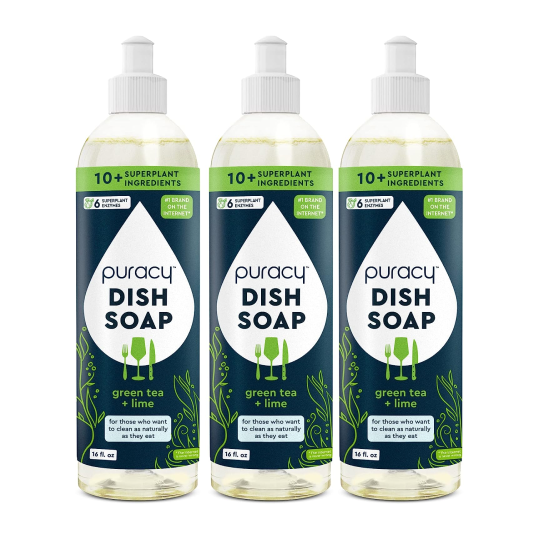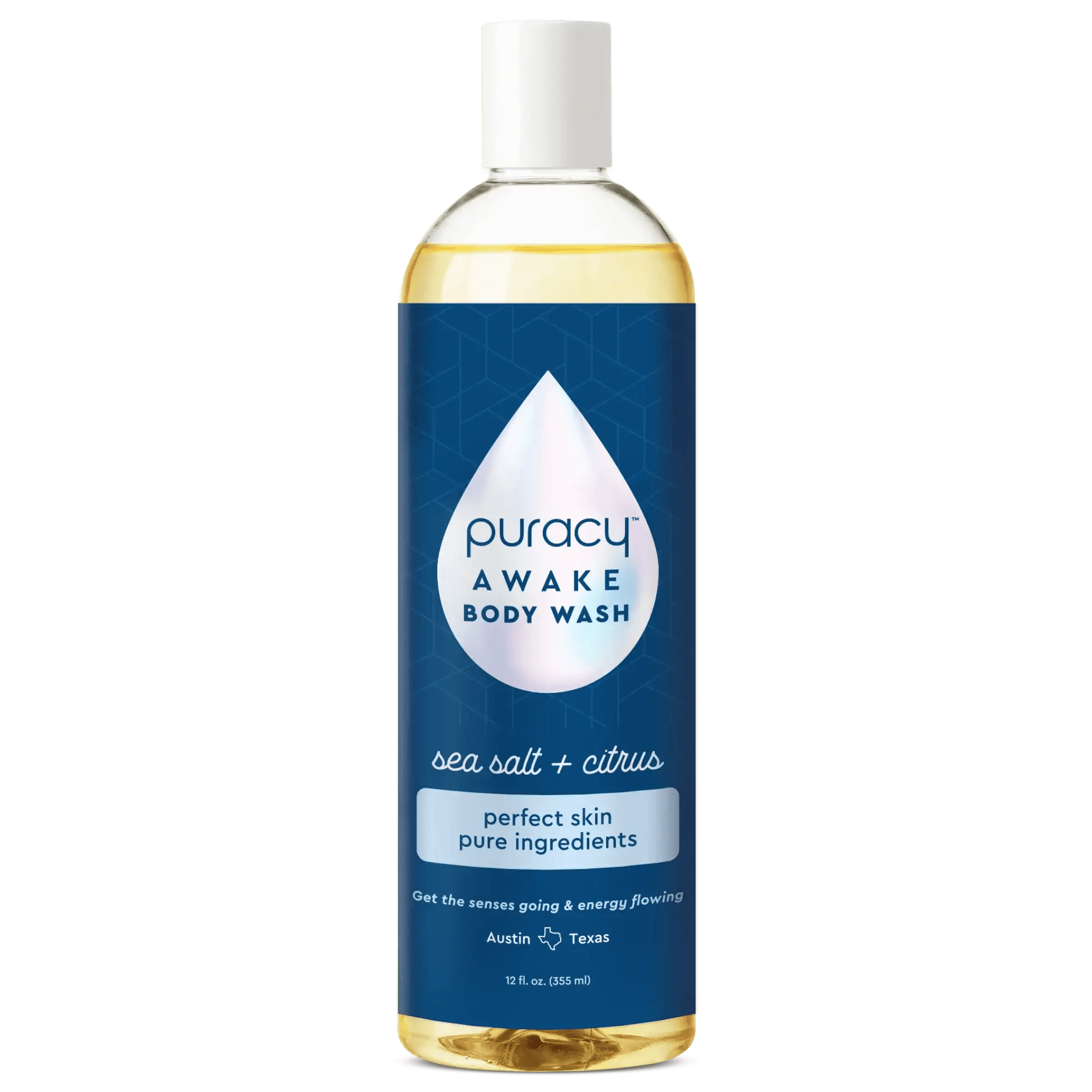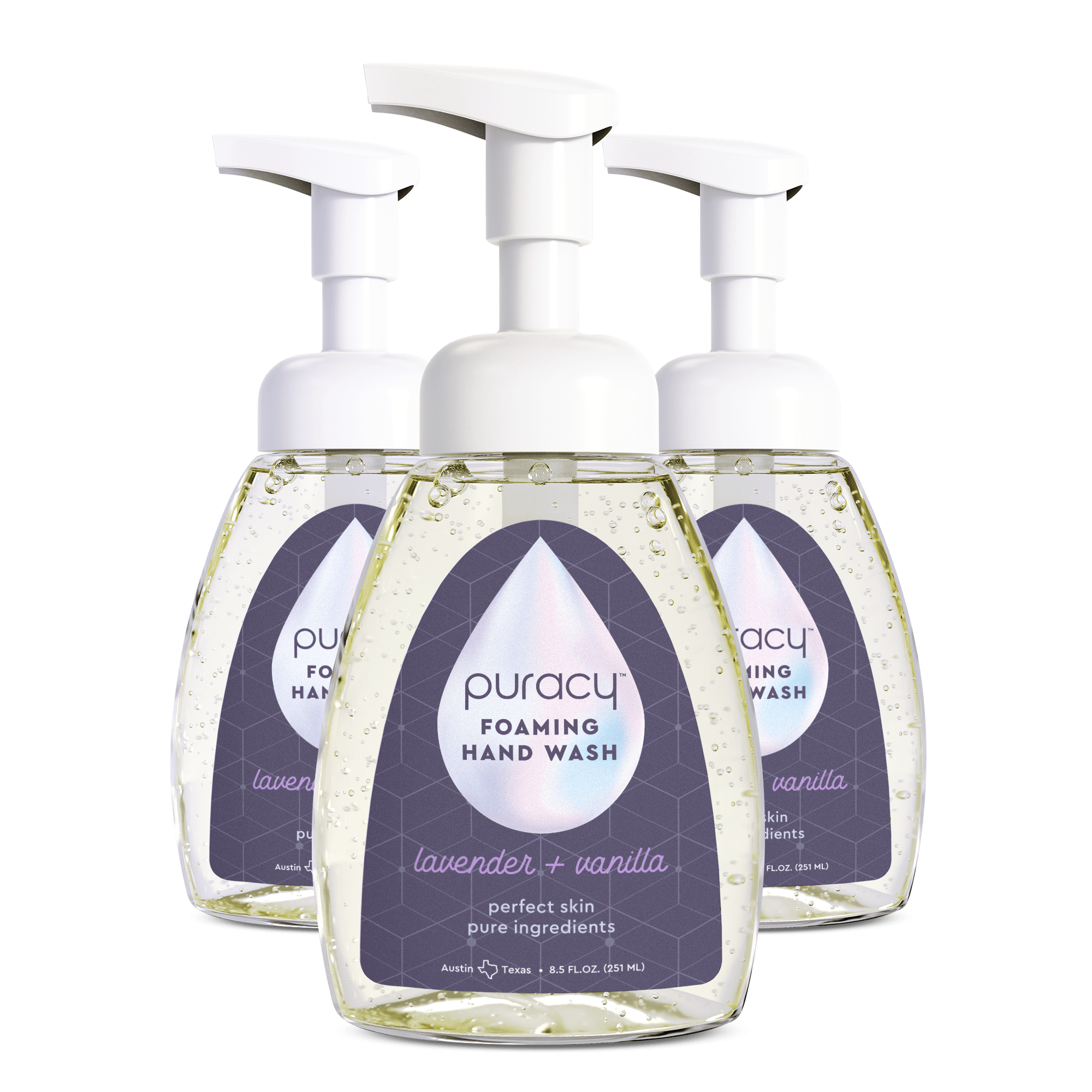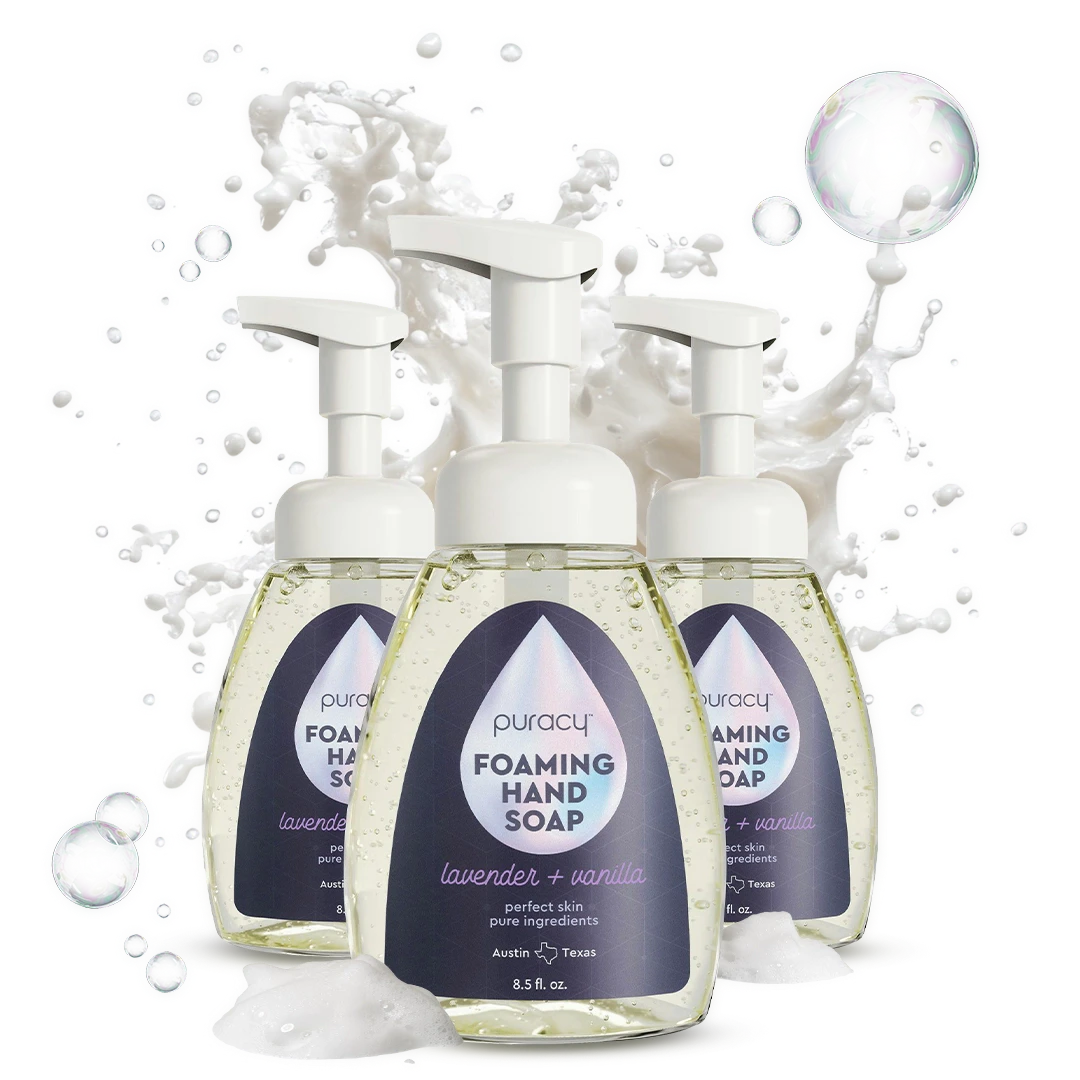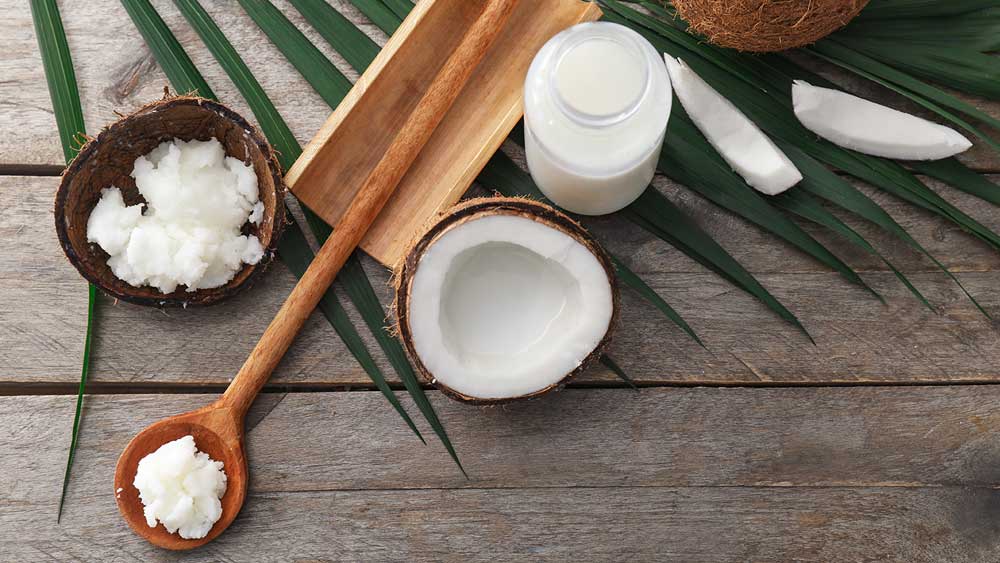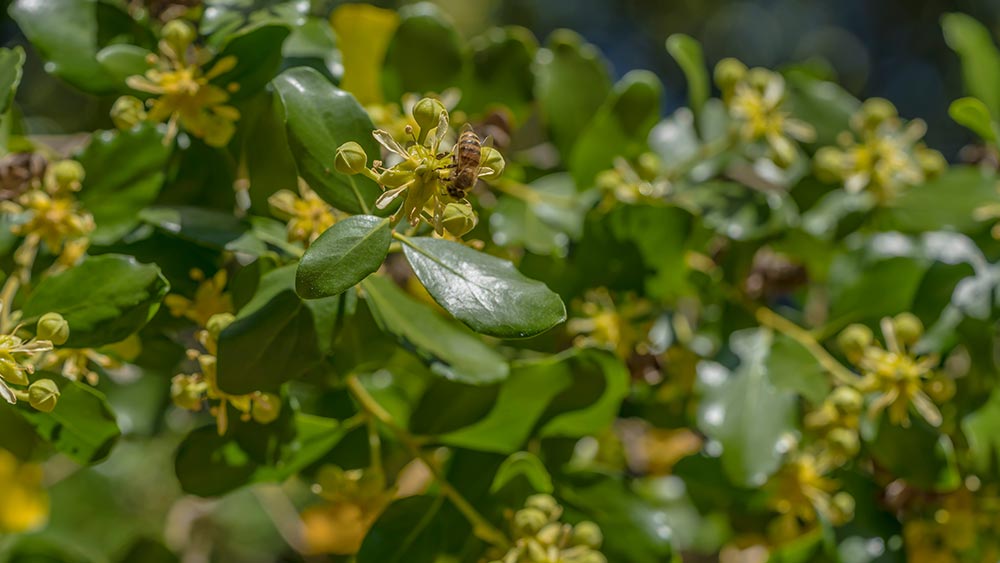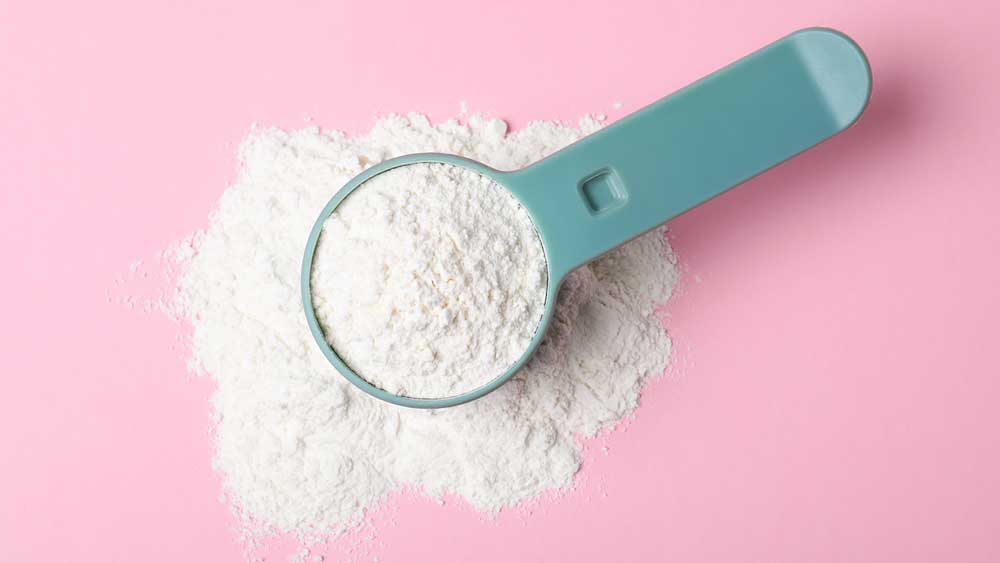
Sodium carbonate
- Derived from: baking soda
- Pronunciation: \sō-dē-əm\ˈkär-bə-nət \
- Type: Natural
- Other names: Soda ash
What Is Sodium Carbonate?

Sodium Carbonate, also called soda ash, is a light gray powder and inorganic compound that occurs naturally in mineral deposits. Widely distributed in nature, this alkaline salt is used in detergents and cleansers.
Sodium Carbonate’s Chemical Structure

When dissolved in water, sodium Carbonate forms carbonic acid and sodium hydroxide — an antacid that neutralizes gastric acid.[7] It has a molecular weight of 105.988 g/mol, and it can take on physical forms of dry powder, pellets or large crystals, or white odorless solids. It has a melting point of 856 °C and is freely soluble in water.
What Does Sodium Carbonate Do in Products?

Sodium Carbonate is a precipitating builder, which means it forms an insoluble substance that enhances or maintains the efficiency of cleansers.[4] It also helps control the acid-base balance of cosmetic products.[5]
Skincare and Haircare
With its ability to break down dirt and oil on your skin, sodium carbonate is also used in skincare and haircare products to regulate pH levels. It can be found in products such as exfoliants, shampoos and conditioners, bath oils and salts, and moisturizers. Solutions of concentration at or below 10% are generally considered safe for contact on skin and hair.
Oral Care
Toothpastes use sodium carbonate for its antibacterial properties as a way to protect teeth from decay. In higher concentrations, it can protect periodontal pathogens and alleviate inflammation in the gums.
Other Applications
Sodium Carbonate is a versatile compound that has a variety of other applications.
- Glassmaking: Reduces the melting point of sand so it can be transformed into glass at a lower temperature
- Water purification: Used in water treatment to increase pH levels of acidic water
- Soap and detergents: Harnesses alkaline properties and water solubility to make an effective cleaning agent
- Fat and oil refining: Removes free fatty acids and soap from fats and oils
- Culinary purposes: Known as baked baking soda, it is useful when stronger alkaline salt is required
- Film development: Used in solutions to develop film, along with sodium hydroxide
- Pool and aquarium additive: Used to adjust pH levels in swimming pools and aquariums, as well as cleaning and boiler compounds
- Dyeing: Soda ash can be used to dye cotton and fibers due to its alkaline color modifier properties
- Brick industry: Used as a wetting agent and bonding agent to minimize water usage
Common Concerns: Summary
- Cancer: low risk
- Allergies & Immunotoxicity: low risk
- Consumption toxicity: low risk
- Developmental and Reproductive Toxicity: low risk
- Use Restrictions: low risk
- Bioaccumulation: low risk
How Sodium Carbonate Is Made

Commercially, there are a few ways to manufacture sodium Carbonate. One method starts with crushed ore that is dissolved in a hot substance. That mixture is then filtered, crystallized, and reheated. Another method involves combining a soda ash mixture with ammonia and then filtering it.[9]
Is Sodium Carbonate Safe?

Discover how safe this ingredient is used when applied to everyday skin and hair products, as well as its environmental impact.
Health Safety
The ingredient is recognized as safe by both the FDa and Cosmetic Ingredient Review. There is a potential for irritation to the skin and eye, but only if it is used at an extremely high concentrated solution with a pH level of over 11.
Environmental Impact
Sodium carbonate is an eco-friendly, biodegradable substance that naturally occurs in its dissociated form. It has a low risk of bioaccumulation and it is not absorbed in soil.
Is Sodium Carbonate Baking Soda?
Sodium carbonate differs from sodium bicarbonate, which is popularly known as baking soda. Unlike sodium carbonate, which is made from sodium and acid, baking soda is made of sodium, acid, and hydrogen. However, both are ionic compounds that are soluble in water.
Is Borax a Sodium Carbonate?
Borax is not a sodium carbonate but a sodium borate. Although they both contain sodium, borax has a higher pH level of 9.5 and is commonly used as a harsher cleaning agent. It is also harmful when eaten, inhaled, or exposed to skin.
Why Puracy Uses Sodium Carbonate
Sodium Carbonate is a water softener; it also helps keep dirt from redepositing on things during washing and breaks up oil and grease.[10] Whole Foods has deemed the ingredient acceptable in its body care and cleaning product quality standards.[11,12] The FDA has deemed sodium Carbonate as generally recognized as safe (GRAS).[13] According to the Cosmetic Ingredients Review, sodium Carbonate is safe for use in cosmetic products.[14] Studies show that the ingredient does not irritate the skin and is safe for use in cosmetics and food.[15,16,17,18]
Sources
[1] Cosmeticsinfo.org
[2]Centers for Disease Control and Prevention
[3] U.S. National Library of Medicine
[4] American Cleaning Institute
[5]Cosmeticsinfo.org
[6] Environmental Working Group
[7] U.S. National Library of Medicine
[8] Personal Care Council
[9]U.S. National Library of Medicine
[10] American Cleaning Institute
[11] Whole Foods Market
[12] Whole Foods Market
[13] Food and Drug Administration
[14] Personal Care Council
[15] Federation of American Societies for Experimenta Biology (FASEB). (1975). Evaluation of the health aspects of Carbonates and biCarbonates as food ingredients. Prepared for Food and Drug Administration, Washington, D.C.
[16] Code of Federal Regulations (CFR). (1984). Title 21, Food and Drugs, Parts 184.1736, 184.1742, 184.1792, and 720.4. Washington, D.C.: U.S. Government Printing Office.
[17] Hoag, L.A., Weigele, C.E., Talamo, H., Marples, E., and Woodward, K. (1933). Effect of therapeutic doses of sodium biCarbonate on the kidneys. J. Pharmacol. Exp. Ther. 47, 233-5.
[18] Peterson, O.L., and Finland, M. (1942). The effect of food and alkali on the absorption and excretion of sulfonamide drugs after oral and duodenal administration, Am. J. Med. Sci. 204, 581-8.
